Closure
As my internship is drawing to a close, I’ve been thinking a lot about closure. There are plenty of different ideas on how to facilitate a closure session; you can write a song together about your experience making music in your sessions; you can record a video of you and your client playing a shared favorite song; you can even write a new song about the transition and how it might relate to that particular client.
In my experience with children with autism, change and transitions can be very difficult to process. Kids in general are not usually familiar with the concept of “internships”, as they have no need of that knowledge yet, so it’s not exactly easy to explain why you won’t be in the session two weeks from now. One of the biggest challenges I am currently facing in trying to provide adequate closure for my clients is having to say goodbye to the clients who took a long time to warm up to me. Now that we are both comfortable with each other, I’m already having to say goodbye.
An insight I feel I have gained is to highlight the positives in the situation. Remind them that yes, soon you won’t be in their sessions, but they are going to keep working on a certain song, or they get to keep doing one of their favorite activities in the future. This can help give them a sense of continuity, so they know that not everything is going to change. Also, you can pose it as a helpful challenge, that they have to “help out” their new (or returning) therapist who may not know about everything we’ve been working on. Encourage them to show how much they’ve learned or progressed by “showing it off” to the therapist taking over!
It’s extremely important to document and communicate the important needs of your clients to the incoming therapist. With some clients, it might be very important to them to maintain a certain structure; some need to mix things up in order to keep sessions interesting for them. Some clients need specific kinds of prompting in order to avoid over-stimulation; some kids are flexible and will adapt to therapists working with them differently. In any situation, it’s important to not only document, but to also make personal notes on helpful hints and specific interventions that you can email or hand off to the therapist taking your place.
-Toby




